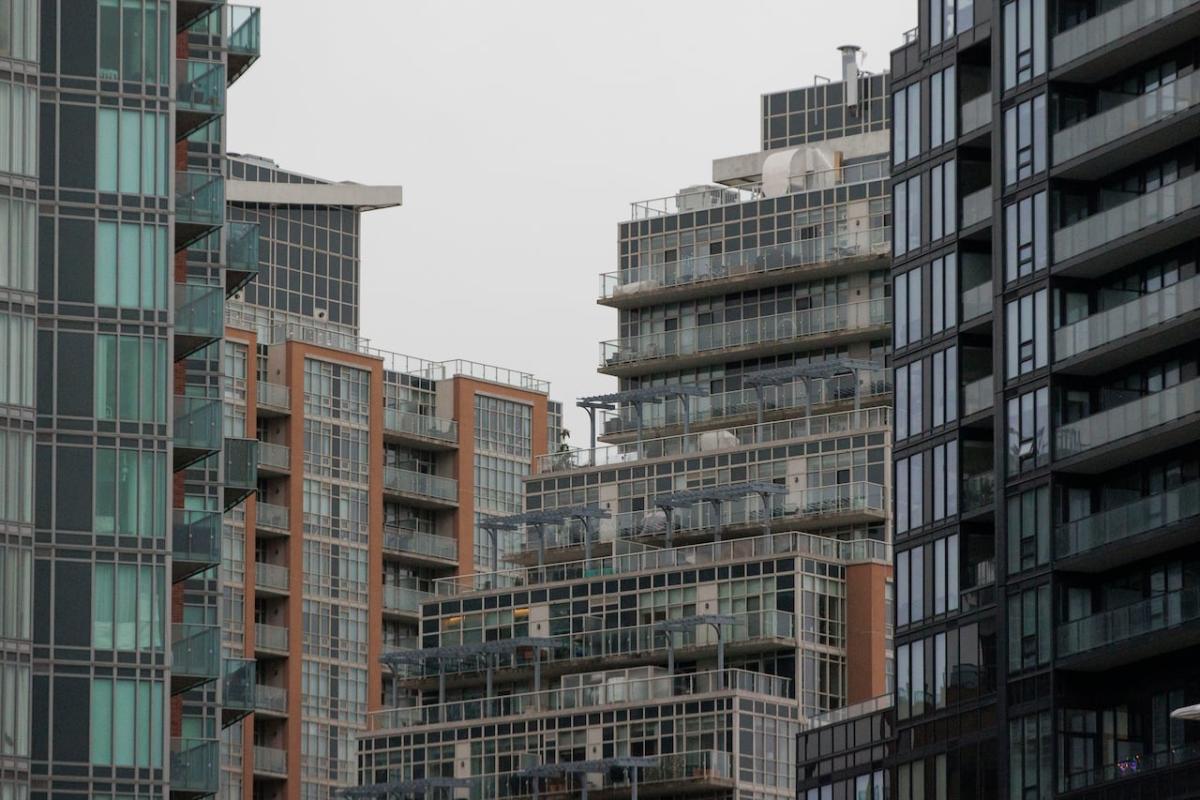Real estate investor Whitney Ekins-Hutten sold her first property in 2002 with the help of friends who she paid with “beer, sushi and pizza.”
“There are so many ways to get into real estate,” says Elkins-Hutten, a financial educator and author of “Money for Tomorrow.” “When someone tells me they can’t get started, it’s usually because of a lack of persistence or a lack of creativity and resourcefulness.”
She started with “live-in flipping,” which involves renovating a home to increase its market value while you live in it.
While it was labor-intensive, “that’s what I had to do to get the money,” says Elkins-Hutten, who used the money to buy long-term rental properties to generate cash flow.
“The beauty of this strategy is that you need a place to live,” says Carl Jensen, who has remodeled a home seven times with his wife, Mindy. “You’d be in a much riskier situation if you bought a separate home that you had to remodel as quickly as possible because you’re just putting money into it, whereas we’re just paying the mortgage on our main home.”
While this means you’ll have to make sacrifices – you’ll essentially be living on a construction site – it’s a great way to test the renovation market and see if it’s right for you.
It can also be lucrative, exempting you from paying income taxes when you sell. The Jensens, who are just completing their eighth live-in flip, estimate they made a little more than $1 million in profit on their first seven sales and paid no capital gains tax on their real estate sales thanks to an IRS provision.
In this way, the Jensens and Elkins-Hutten built up equity in two steps and avoided capital gains tax.
1. Buy a house in need of renovation with potential
Real estate flipping is all about increasing value – and that’s difficult when you’re buying the nicest house on the block, says Mindy: “We always focused on finding the run-down house in the great neighborhood.”
They are patient and would rather wait for what they consider to be a good offer than accept a mediocre one.
“You make your money when you buy,” Mindy said. “You don’t want to get into a bidding war and overpay $10,000, $20,000, $30,000. That could be your entire profit. There’s always another house, so definitely don’t fall in love with anything.”
A big advantage of using the flip as a primary residence is that you could qualify for a first-time buyer loan, Elkins-Hutten noted, meaning you could “get into a property with 3% or 5% down to start with.”
2. Renovate the property and sell it after at least 2 years to avoid capital gains tax
If you buy a house with a good foundation, remediation will be time-consuming but not necessarily difficult, says Carl, who did almost all of the renovations himself: “Anyone can learn how to lay a floor. It’s not that hard to replace a toilet. You can go on YouTube and figure it out in a few minutes.”
If you’re doing a more extensive and expensive renovation, Elkins-Hutten recommends looking into an FHA 203(k) mortgage, which combines the cost of a home and the cost of repairs into a single loan.
Elkins-Hutten used real estate investing as a means to achieve financial freedom and reclaim time. Courtesy of Whitney Elkins-Hutten
“It’s a little harder to get, but the cool thing is the bank subsidizes a lot of it. You do have to use licensed builders and things like that, but it’s a great opportunity to start using other people’s money and build your own equity pot,” she said.
You should wait at least two years before selling your live-in flip to take advantage of an IRS rule called the Section 121 Exclusion, which allows taxpayers to exclude up to $250,000 ($500,000 for a couple filing jointly) of the sale’s gain if they used the home as their primary residence for at least two of the five years before the sale.
The most important requirement is that you have used the house as your main residence for at least two of the five years before the sale. If you are selling a holiday home, for example, you cannot use the exemption.
Please note that you can only use the exception every two years.
The Jensens first used the exemption in the early 2000s. After buying a home for $135,000, replacing the carpet, painting the walls and front door and renovating the bathrooms, they sold it for $235,000, they said.
“Because we lived in it and owned it for two of the last five years, we didn’t pay any taxes on the capital gains,” Mindy explained. Although their gains were about $100,000, they could have exempted up to $500,000 because they were both recorded in the land registry.




